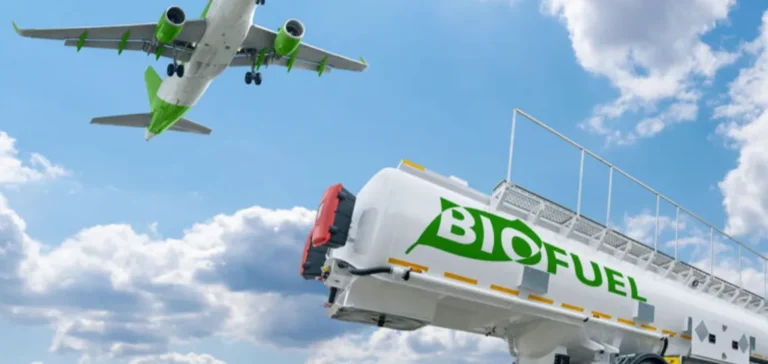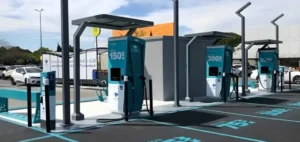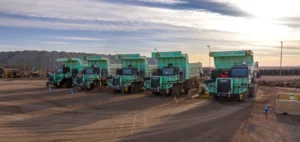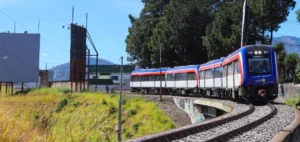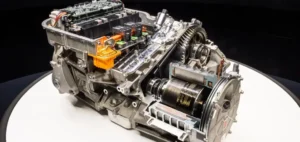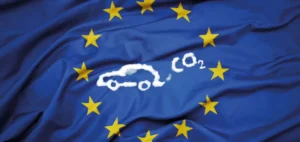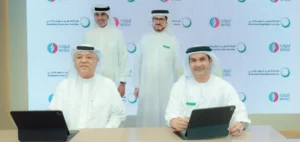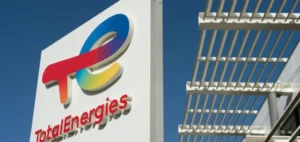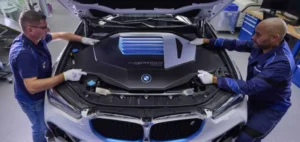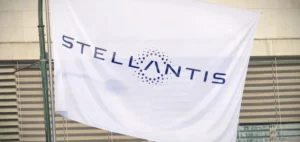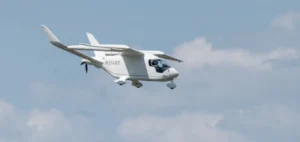Ireland has released a strategy dedicated to Sustainable Aviation Fuel (SAF), structured around four pathways: market certainty, collaboration among stakeholders, support for uptake, and backing for production. The document relies on a task force bringing together government, airports, airlines, and academia. Its purpose is to identify barriers to imports and future production, and to prioritize initial actions that can evolve over time.
European framework and blending mandates
The ReFuelEU Aviation regulation sets minimum shares of SAF in fuel delivered to European Union airports: 2% in 2025, 6% in 2030, and 20% in 2035, with sub-targets for synthetic fuels starting in 2030. These objectives are monitored by European agencies and integrated into the broader climate policy framework.
According to the roadmap, projected Irish demand would reach 88,000 t in 2030 and 318,000 t in 2035. The document also highlights that a European pipeline of eSAF (Power-to-Liquid, PtL, synthetic aviation fuel) of about 1.1 Mt by 2030 had not yet reached final investment decisions, underscoring the gap between global supply and the volumes required by ReFuelEU.
Costs, support mechanisms and price signals
The roadmap emphasizes the price gap between fossil kerosene and SAF, partly offset by European instruments. The European Union’s emissions trading system allocates 20 million free allowances to aviation from 2024 to 2030 to help bridge the price difference at incorporation. In parallel, the EU announced in 2025 a subsidy scheme covering up to €6/l for e-fuels and €0.5/l for biofuels, financed by the sale of part of the allowances.
Public estimates converge on a significant cost premium for SAF: two to seven times higher than fossil fuel under most scenarios, and even more for synthetic fuels. These figures explain the need for long-term offtake contracts and targeted incentives during the scale-up phase.
Industrial pathways and energy resources
The document identifies three horizons of production: Hydroprocessed Esters and Fatty Acids (HEFA) through co-processing in the short term, advanced biofuels from agricultural and forestry residues in the medium term, and eSAF/PtL based on hydrogen and CO₂ in the long term. Competitiveness will depend on feedstock availability, electricity costs, and technological maturity.
Ireland explicitly links the eSAF option to its offshore wind ambitions: at least 37 GW of installed capacity by 2050, supported by grid reinforcement. The 2025 budget allocates around €750 million to accelerate grid investments, a prerequisite for large-scale eSAF production.
Airline demand and deployment trajectory
Irish-based carriers have set targets consistent with ReFuelEU: Aer Lingus aims for 10% SAF in 2030, and Ryanair 12.5% by the same year. These trajectories depend on supply agreements and the regional availability of volumes compliant with European standards. Several airlines and industry associations have warned of the risk of missing 2030 targets without lower costs and faster investment.
The ministry notes that the roadmap is an evolving document, designed to be updated as barriers to imports and production become clearer and as European and international instruments are refined. Monitoring will rely on the Task Force, regular consultations, and European reporting, guiding industrial priorities and support mechanisms.


